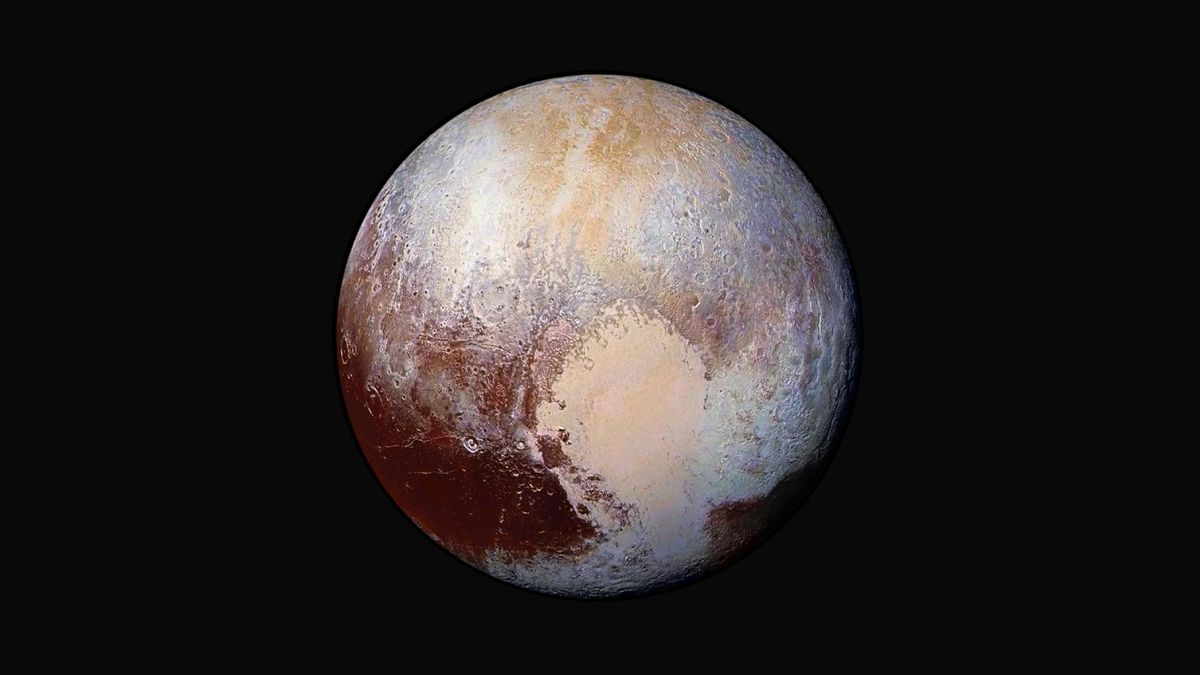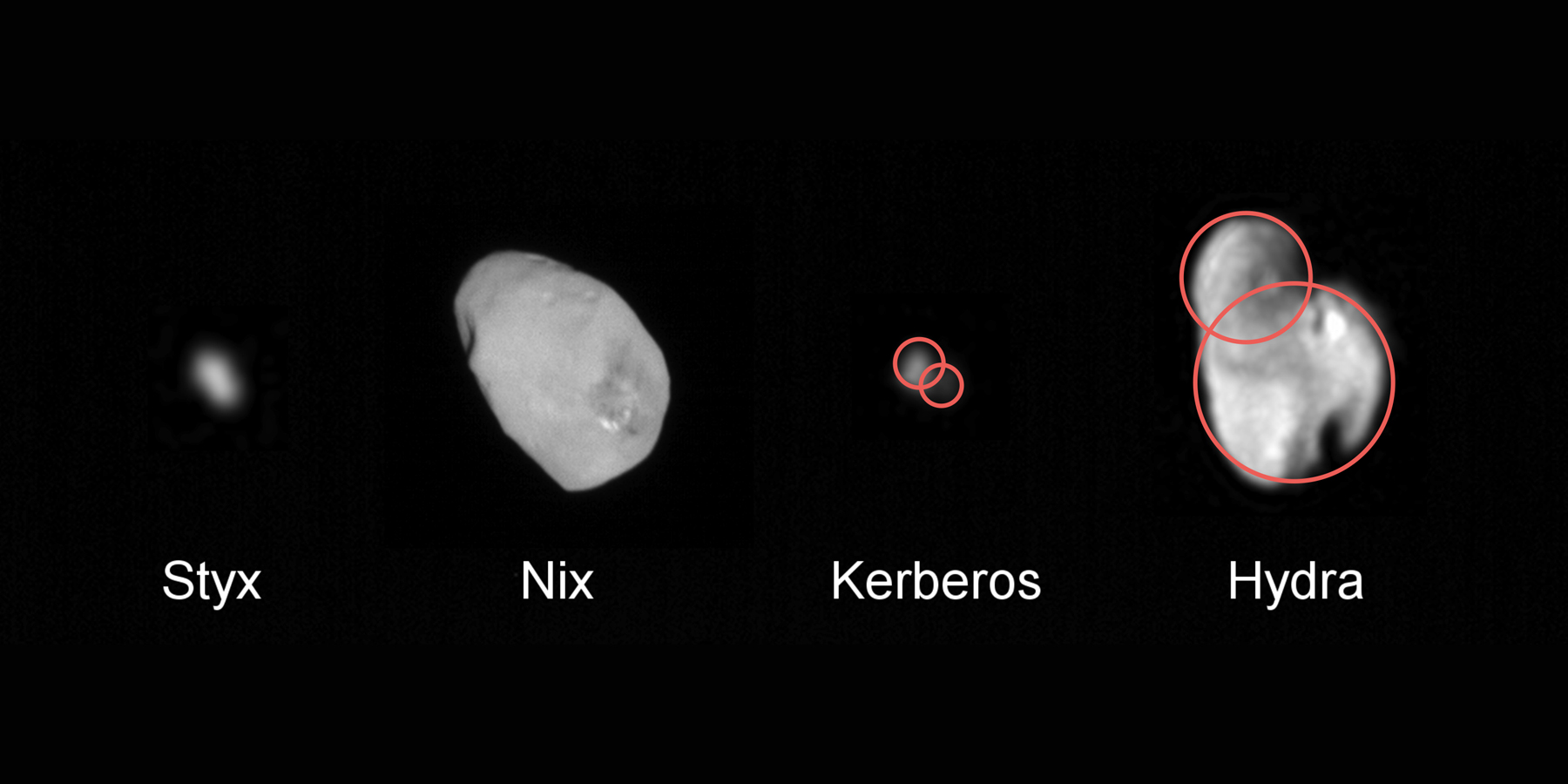 |
| Exploring the Mysteries of Pluto: A Comprehensive Guide |
Introduction
Pluto was discovered in 1930 by astronomer Clyde Tombaugh, and for over 70 years it was considered the ninth planet in our solar system. However, in 2006 the International Astronomical Union reclassified Pluto as a "dwarf planet," a decision that sparked controversy and debate. Despite this reclassification, Pluto remains an object of great scientific interest, and the New Horizons mission provided the first close-up images and data about this distant world.
What is Pluto?
Pluto is a dwarf planet that orbits the Sun in a region of the solar system called the Kuiper Belt. It is the largest known object in the Kuiper Belt, which is a region of space beyond Neptune that is home to many small icy bodies. Pluto is composed mostly of rock and ice, and its surface is covered in a variety of features, including mountains, valleys, and vast plains of frozen nitrogen.
Pluto's Moons
Pluto has five known moons: Charon, Nix, Hydra, Kerberos, and Styx. Charon is the largest and closest of these moons, and it is so large compared to Pluto that some scientists refer to the two objects as a "double planet." The other moons are much smaller and were discovered in the years leading up to the New Horizons mission.
 |
| Pluto's Moons |
New Horizons Mission
The New Horizons spacecraft was launched by NASA in 2006 with the goal of studying Pluto and its moons up close. After a nine-year journey, the spacecraft finally reached Pluto in July 2015 and conducted a historic flyby of the dwarf planet. During its brief encounter with Pluto, New Horizons captured a wealth of data and images that have revolutionized our understanding of this distant world.
Pluto's Atmosphere
One of the most surprising discoveries made by the New Horizons mission was that Pluto has a thin atmosphere. This was unexpected because Pluto is so small and far from the Sun that scientists had assumed its atmosphere would be too thin to detect. The atmosphere is mostly composed of nitrogen gas, with smaller amounts of methane and carbon monoxide.
Pluto's Surface Features
Pluto's surface is covered in a variety of features, including mountains, valleys, and vast plains of frozen nitrogen. One of the most striking features of Pluto is a heart-shaped region called Tombaugh Regio, named after the astronomer who discovered Pluto. This region is thought to be a vast impact crater that was filled in by frozen nitrogen.
Pluto's History
Pluto has a complex history that is still not fully understood. It is thought to have formed in the Kuiper Belt and migrated inward to its current location over millions of years. Some scientists believe that Pluto was once a moon of Neptune that was ejected from its orbit and became a dwarf planet. The New Horizons mission has provided new insights into Pluto's history, but many questions remain unanswered.
Pluto's Exploration
Pluto was first explored by the New Horizons spacecraft, which provided the first close-up images and data about this distant world. The spacecraft conducted a flyby of Pluto in July 2015, during which it captured detailed images and data about the dwarf planet and its moons. The mission also provided scientists with new insights into the formation and evolution of the outer solar system.
Future Exploration
While the New Horizons mission provided a wealth of information about Pluto, there is still much we don't know about this distant world. Scientists are eager to continue exploring the Kuiper Belt and its many icy objects, including Pluto and its moons. Several new missions are currently in development, including the European Space Agency's JUICE mission, which will study Jupiter and its moons, and NASA's Lucy mission, which will visit several Trojan asteroids.
Conclusion
Pluto may no longer be classified as a planet, but it remains a fascinating and mysterious object in our solar system. Thanks to the New Horizons mission, we now have a wealth of data and images that have shed new light on this distant world. As we continue to explore the Kuiper Belt and its many icy objects, we are sure to learn even more about Pluto and its place in our solar system.


0 Comments